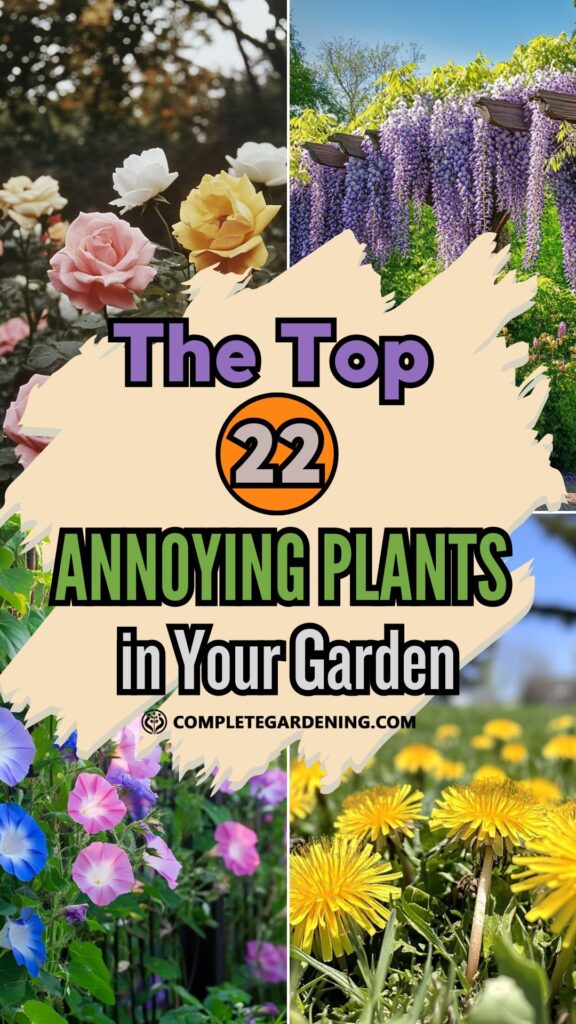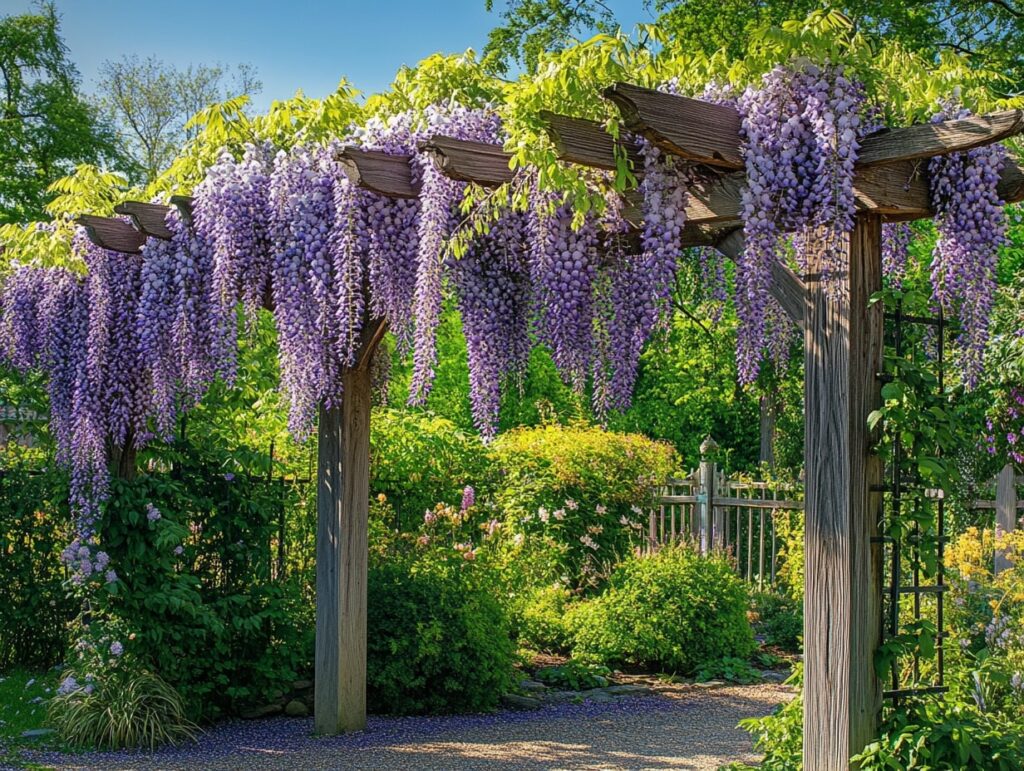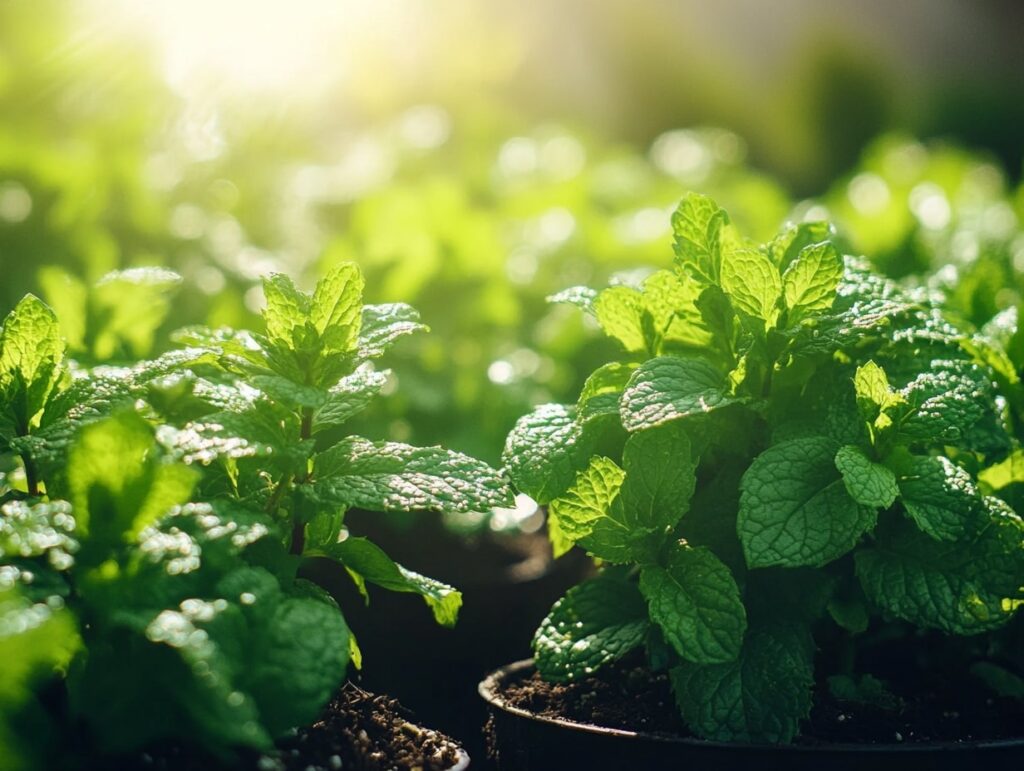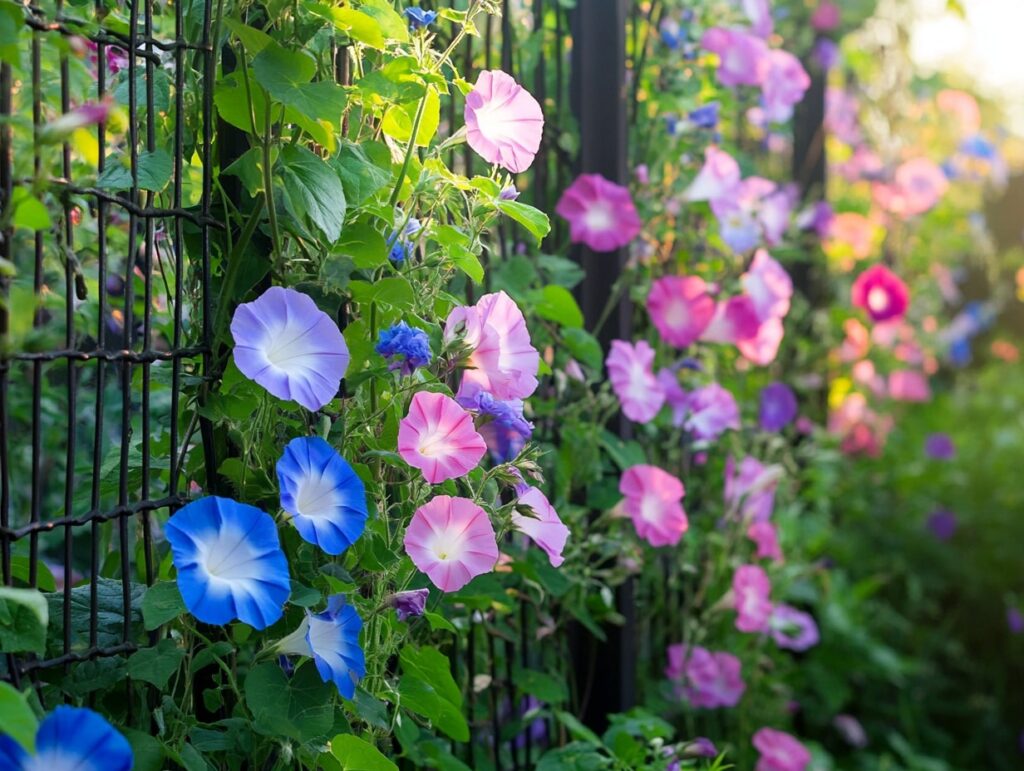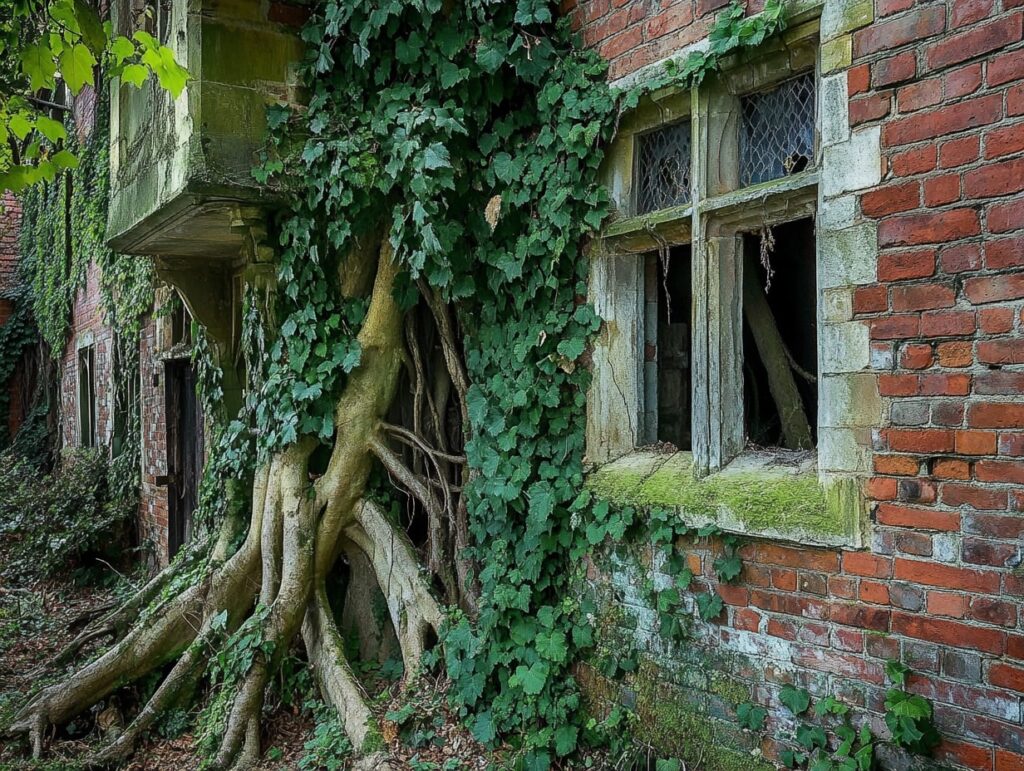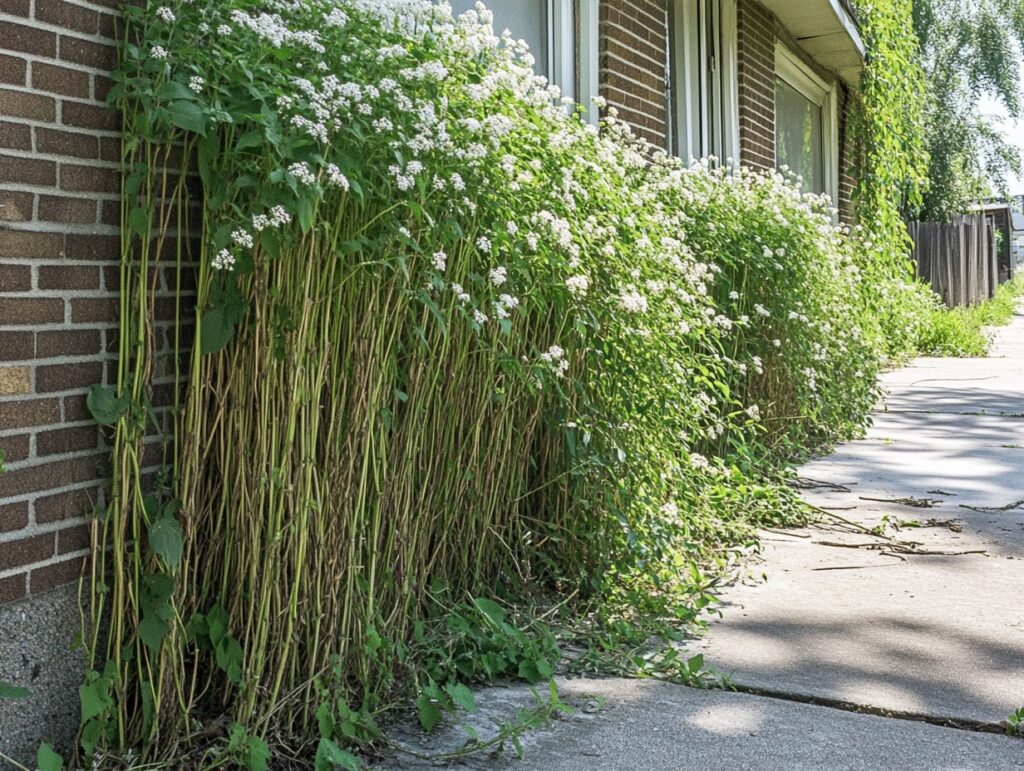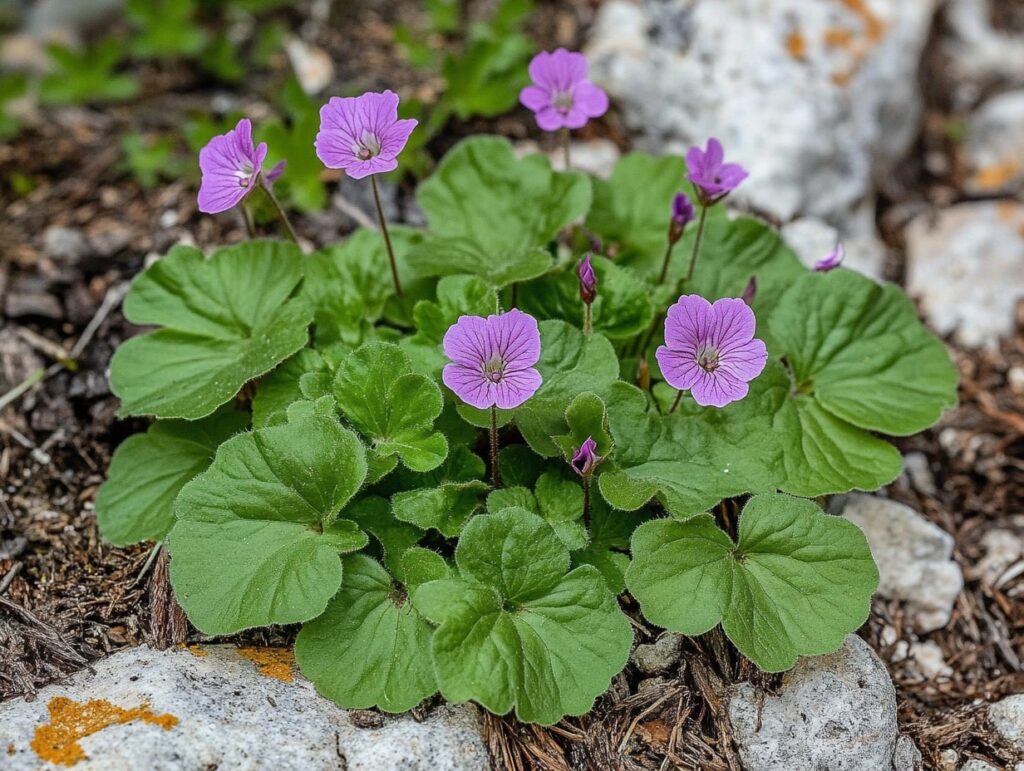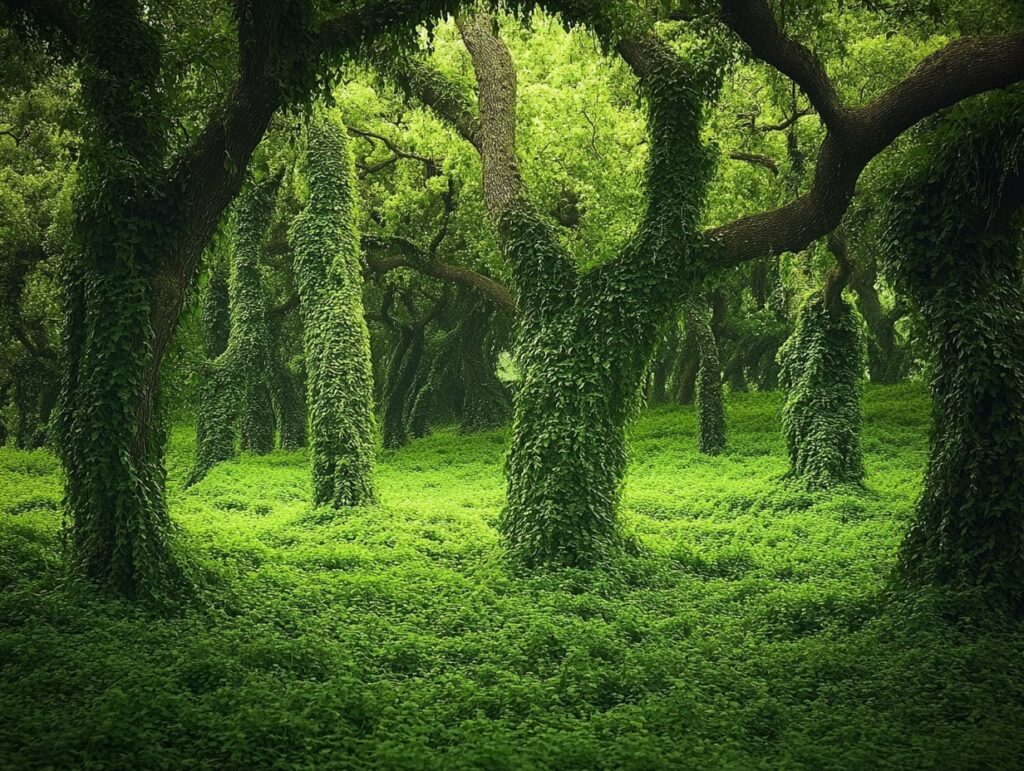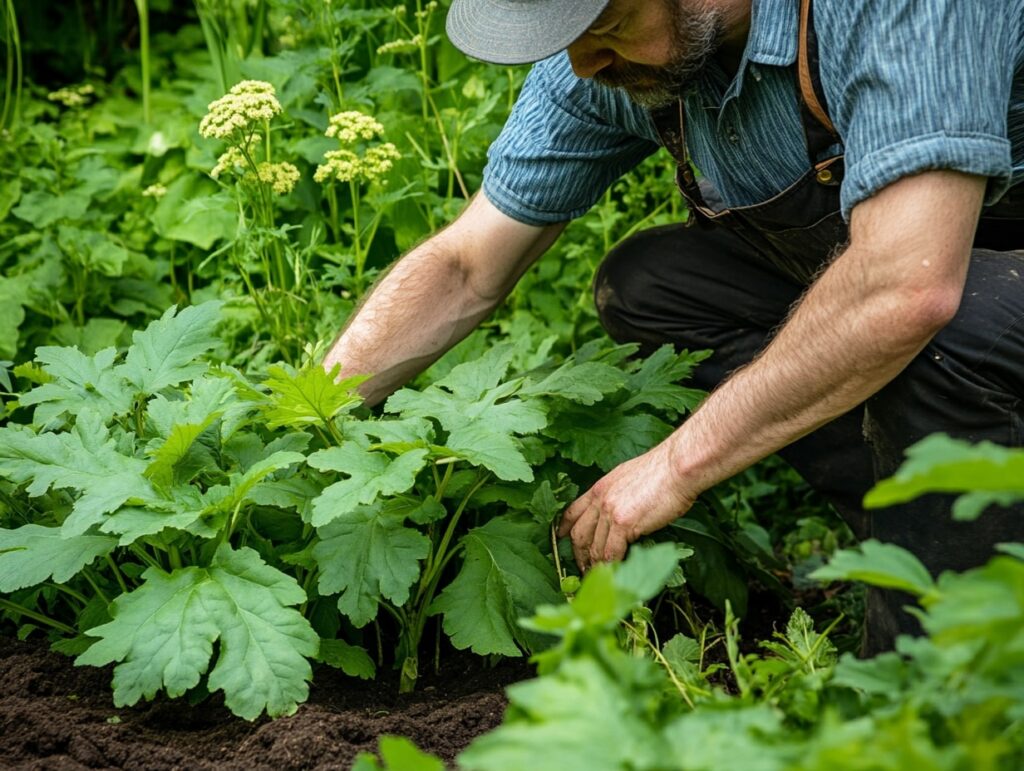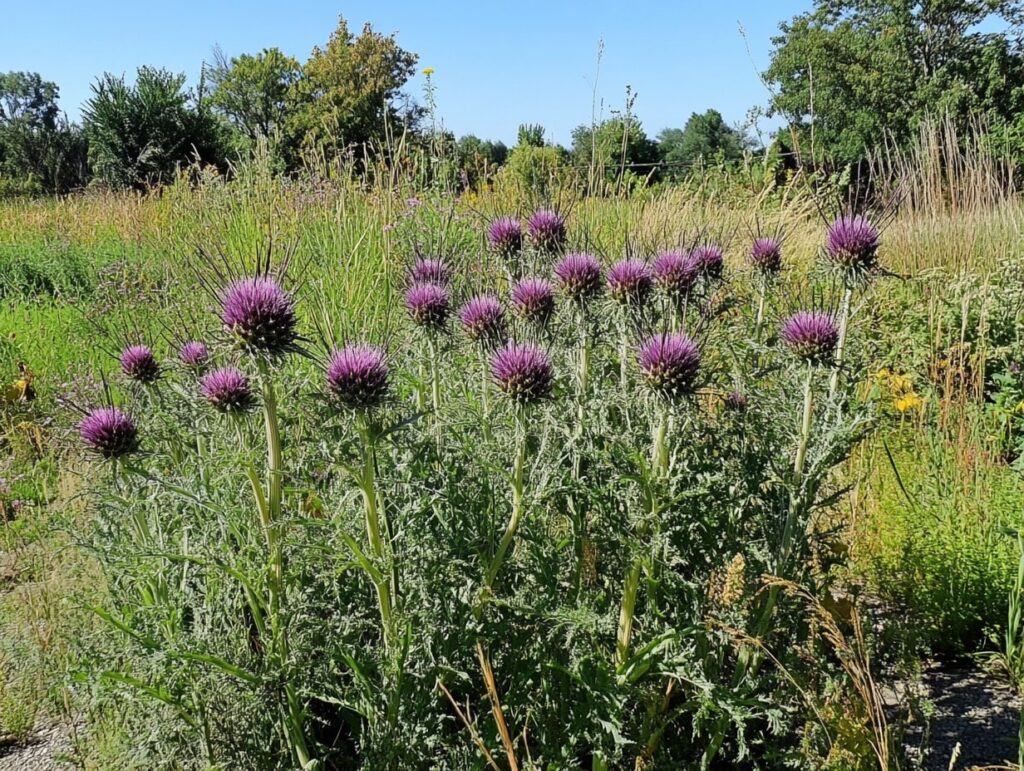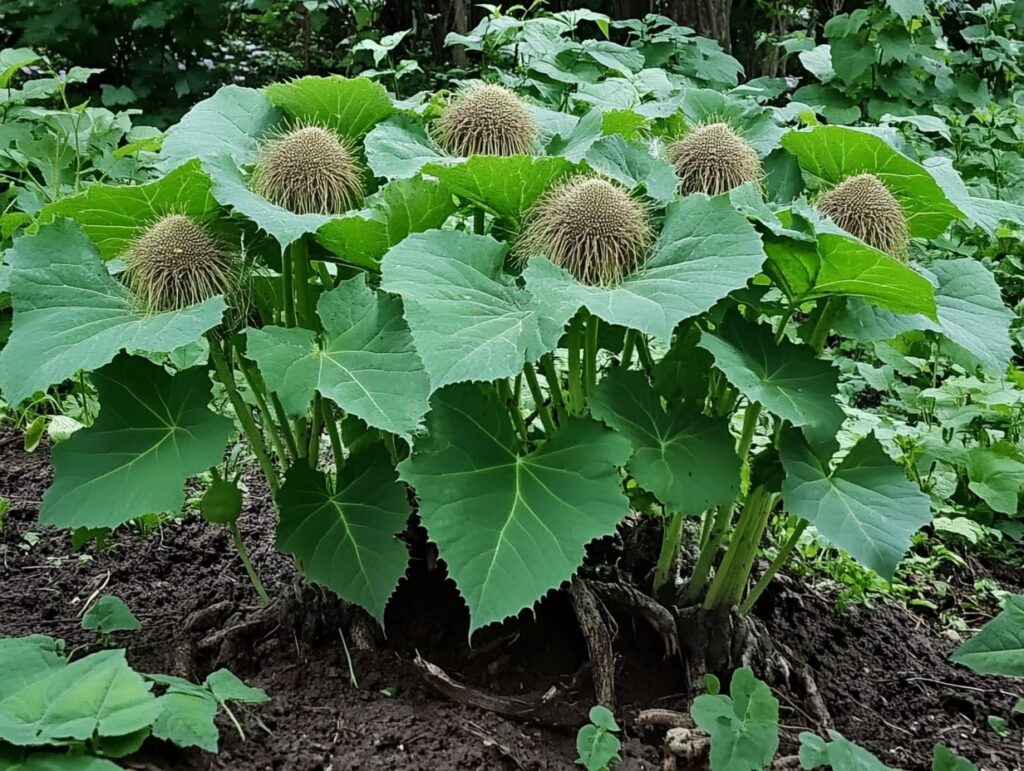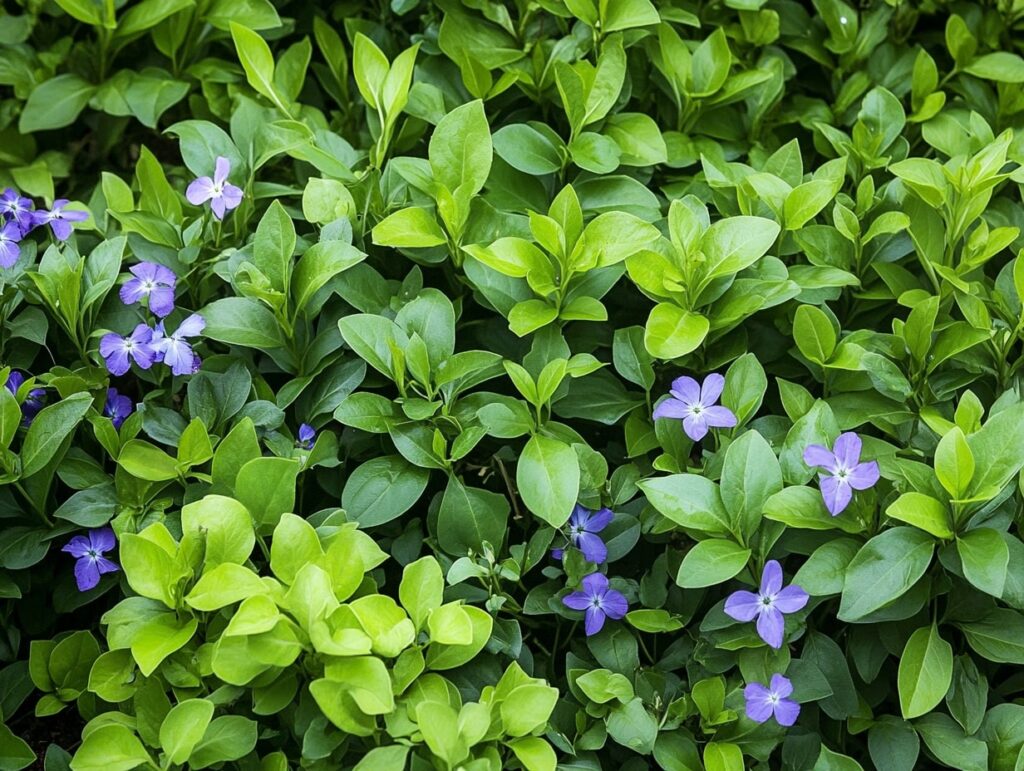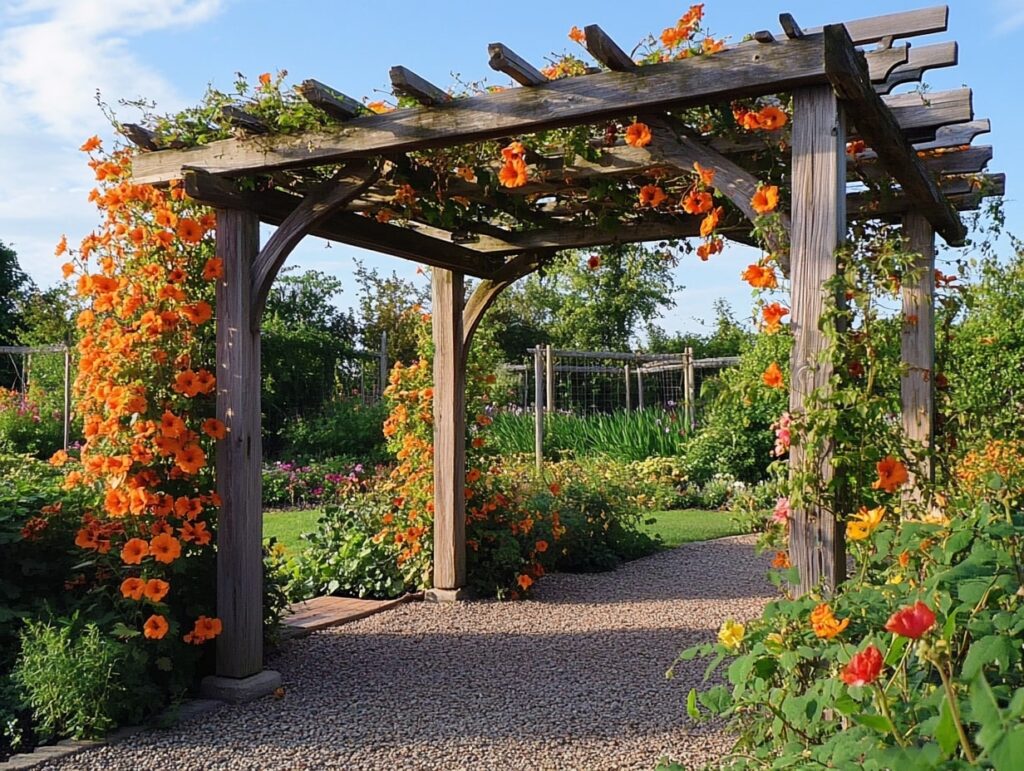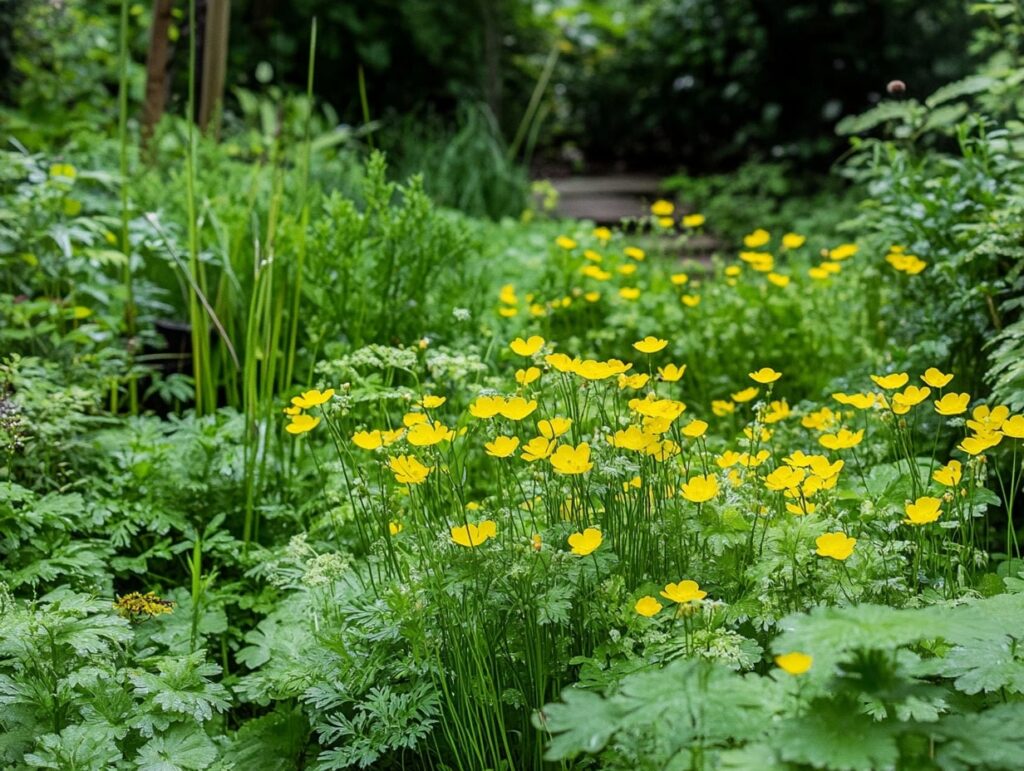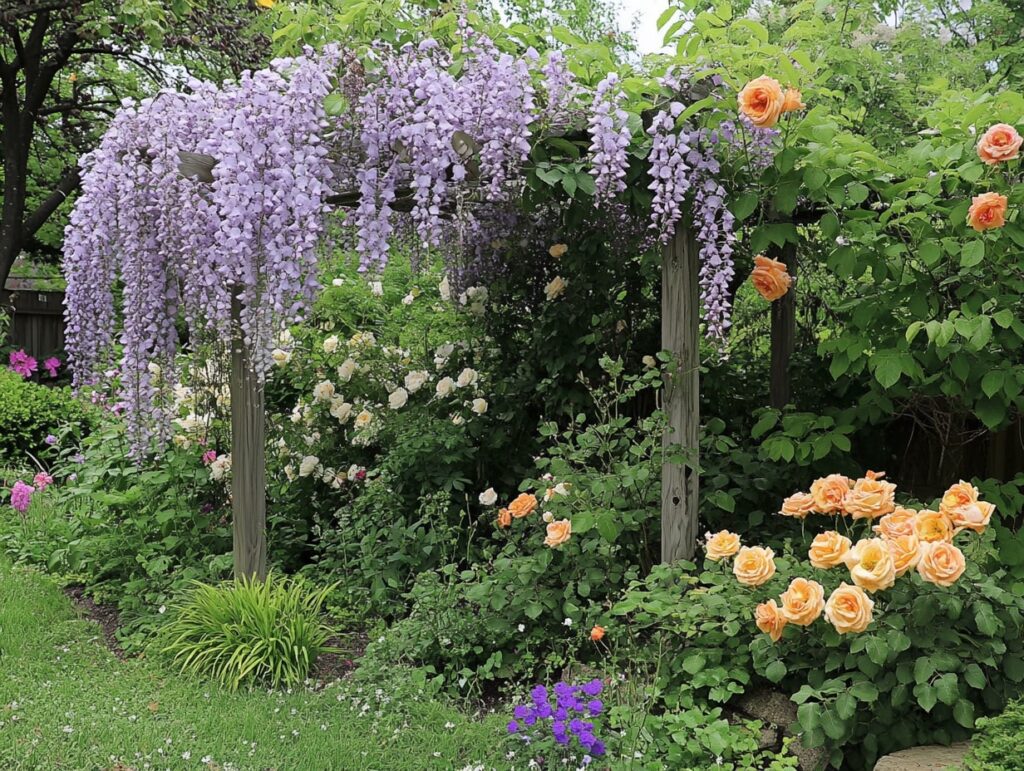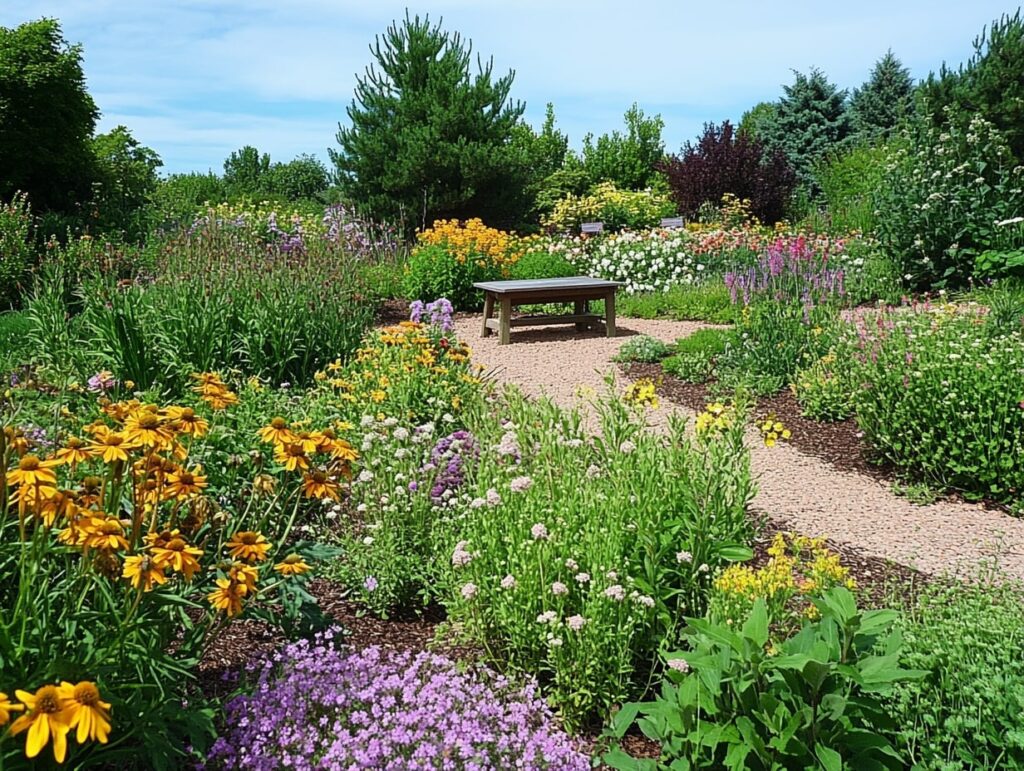When you embark on the journey of gardening, you envision a serene sanctuary where nature cooperates with your every whim. You imagine seeds sprouting on cue, flowers blooming in harmonious colors, and vegetables ripening just in time for dinner.
But any seasoned gardener knows this is a romantic illusion. The reality is, nature has its own agenda, and not all plants are willing participants in your botanical utopia. In fact, some seem downright committed to testing the limits of your patience.
I’ve spent years wrestling with the botanical world’s most stubborn, invasive, and exasperating specimens. These are the plants that make you question why you ever thought gardening was a relaxing hobby.
Yet, paradoxically, they’re also the ones that teach you the most about resilience, adaptability, and humility. Here are the top 22 most annoying plants that have turned my gardening journey into a complicated, yet rewarding, relationship.
The Top 22 Annoying Plants in Your Garden
1. Wisteria: The Overzealous Climber
Wisteria is the epitome of deceptive beauty. Its cascading purple blooms can transform any garden into a fairytale setting. But behind that alluring facade lies a relentless climber that respects no boundaries.
Give it an inch, and it will take over your trellis, fence, and possibly your neighbor’s yard. Its vines can strangle other plants and even damage structures.
Managing wisteria is like training a wild animal, you have to establish dominance early and maintain constant vigilance.
2. Mint: The Invasive Overachiever
Who doesn’t love the fresh aroma of mint? It’s delightful in teas, salads, and mojitos. But plant it once, and you’ll be dealing with it forever. Mint spreads through underground runners, popping up in places you never intended.
It’s the uninvited guest that refuses to leave. Containing mint requires planting it in pots or dedicating a confined area, but even then, it finds a way to escape. It’s a lesson in unintended consequences.
3. Bamboo: The Unstoppable Force
Bamboo can give your garden a touch of the exotic, serving as a fast-growing privacy screen. However, certain species are so invasive they make mint look like a slow mover.
Bamboo spreads through rhizomes that can travel underground and sprout yards away from the original planting. Eradicating it often involves heavy machinery or chemical intervention. It’s a classic case of “be careful what you wish for.”
4. Morning Glory: The Charming Choker
At first glance, morning glory seems like a delightful addition. Its vibrant flowers open each morning, bringing a splash of color. But this fast-growing vine doesn’t know when to stop. It climbs over other plants, fences, and anything in its path.
Its seeds spread easily, ensuring that once you have morning glory, you always have morning glory. It’s the friend who overstays their welcome at every party.
5. English Ivy: The Clingy Companion
English ivy exudes an old-world charm, often associated with stately manors and academic institutions. But in your garden, it can be a relentless invader. It climbs walls, trees, and structures, sometimes causing damage with its adhesive roots.
It harbors pests and can smother trees by blocking sunlight. Removing established English ivy is a backbreaking task, often requiring years of persistent effort.
6. Roses: The High-Maintenance Beauty
Roses are the divas of the plant world. Their beauty is unparalleled, but they demand constant attention. Prone to a host of diseases like black spot and powdery mildew, roses require a strict regimen of pruning, feeding, and spraying.
They attract pests like aphids and Japanese beetles, adding to your workload. Yet, when they bloom, all is forgiven—until the next infestation.
7. Bindweed: The Tenacious Trespasser
Bindweed is the stuff of nightmares for gardeners. With roots that can extend 20 feet deep, it’s almost impossible to eradicate once established. It wraps itself around other plants, stealing nutrients and sunlight.
Cutting it back seems only to encourage more growth. It’s a relentless adversary that tests your commitment to organic gardening.
8. Nettle: The Stinging Saboteur
Nettles might have their uses in teas and natural remedies, but in the garden, they’re a literal pain. Brushing against them results in a stinging sensation that can last for hours.
They spread quickly, especially in moist, fertile soil, the very conditions most gardens strive for. Removing them requires protective clothing and a lot of patience.
9. Japanese Knotweed: The Structural Invader
Japanese knotweed is so aggressive that it’s illegal to plant it in some places. It can grow through concrete and tarmac, causing structural damage to buildings and roads. Its roots can extend 10 feet deep and 20 feet horizontally.
Eradication is costly and time-consuming, often requiring professional help. It’s a sobering reminder of the unintended consequences of introducing non-native species.
10. Creeping Charlie: The Lawn’s Nemesis
Creeping Charlie, or ground ivy, is a low-growing plant that spreads rapidly across lawns and gardens. It forms dense mats that smother grass and other ground covers.
Its scalloped leaves and small purple flowers might seem charming, but don’t be fooled. Once it takes hold, it’s incredibly difficult to remove, as it can regenerate from any small piece left behind.
11. Poison Ivy: The Hidden Hazard
While most gardeners wouldn’t intentionally plant poison ivy, it often finds its way into our yards. Its ability to blend in with other plants makes it a stealthy adversary.
Contact results in itchy, blistering rashes that can spread if not treated carefully. It’s nature’s way of reminding us that not all greenery is friendly.
12. Kudzu: The Vine That Ate the South
Originally introduced for erosion control, kudzu has become a notorious invasive species, particularly in the southern United States. It grows at an astonishing rate of up to a foot per day in optimal conditions.
Kudzu smothers other plants, overtakes trees, and can even damage structures. Eradicating it requires persistent effort over several years, often involving both mechanical removal and herbicides.
13. Dandelions: The Ubiquitous Invader
Dandelions are the bane of manicured lawns everywhere. Their bright yellow flowers quickly turn into seed heads that disperse with the slightest breeze, ensuring their widespread presence.
Their taproots dig deep, making them difficult to remove completely. While they have culinary and medicinal uses, most gardeners prefer to keep them out of their lawns and flower beds.
14. Horsetail: The Ancient Adversary
Horsetail is a prehistoric plant that has outlived dinosaurs, and it feels like it’s equally indestructible in the garden. It thrives in poor, sandy soils where little else grows, but it can also invade well-tended gardens.
Its deep, extensive root system makes it resistant to many herbicides and mechanical removal. Cutting it back seems to encourage growth, making it a persistent problem.
15. Ground Elder: The Unwanted Groundcover
Also known as bishop’s weed, ground elder spreads rapidly through rhizomes, forming dense colonies that crowd out other plants.
It’s particularly challenging because even a small piece of root left in the soil can regenerate into a new plant. Containing it often requires installing deep barriers or resorting to chemical controls.
16. Thistle: The Prickly Perennial
Thistles are notorious for their spiky leaves and stubborn nature. They spread both by seeds and by their extensive root systems. Once established, they can be difficult to eradicate due to their deep taproots.
Their prickles make manual removal a painful experience, and they can quickly take over open areas if not controlled.
17. Burdock: The Clingy Culprit
Burdock is easily recognized by its large leaves and the burrs it produces, which cling to clothing and animal fur. These burrs help the plant spread far and wide. Burdock can grow over six feet tall, overshadowing other plants.
Its deep roots make it hard to pull out, and its ability to produce thousands of seeds per plant ensures it keeps coming back.
18. Vinca (Periwinkle): The Overenthusiastic Groundcover
Vinca is often used as a groundcover due to its attractive foliage and flowers. However, it can become invasive, spreading beyond its intended area.
It forms dense mats that can smother other plants and is difficult to remove once established, as it roots at the nodes along its stems.
19. Trumpet Vine: The Aggressive Ornamental
Trumpet vine produces beautiful, trumpet-shaped flowers that attract hummingbirds, but it comes with a price.
It spreads aggressively through underground runners and can climb and damage structures. Its woody stems can be tough to remove, and it often resprouts from any remaining roots.
20. Wild Garlic and Wild Onion: The Unwanted Aromatics
These plants pop up in lawns and gardens, their slender green shoots often mistaken for grass. However, mowing over them releases a strong garlic or onion scent.
They spread through underground bulbs and are difficult to eradicate because bulbs can be left behind when pulling them out.
21. Creeping Buttercup: The Sneaky Spreader
Creeping buttercup thrives in damp soils and can quickly take over lawns and garden beds. It spreads through runners and forms dense patches that suppress other plants. Its bright yellow flowers may look cheerful, but its invasive nature makes it a nuisance.
22. Virginia Creeper: The Unassuming Invader
Often mistaken for poison ivy, Virginia creeper is a vigorous vine that can climb trees, walls, and fences.
While it’s less harmful to humans, it can be detrimental to trees by adding weight and blocking sunlight. Its adhesive discs allow it to stick to surfaces, making removal a challenge.
Why Do We Keep Planting Them?
Reading through this list, you might wonder why any sane person would introduce these plants into their garden. The answer is complex.
Some, like roses and wisteria, offer such beauty or utility that we deem them worth the effort. Others sneak in unintentionally or were introduced before we understood their invasive nature.
There’s also an element of hubris involved. We believe we can control nature, bending it to our aesthetic desires.
When a plant misbehaves, we see it as a challenge rather than a warning. It’s a testament to our persistent optimism, or perhaps our selective memory of past gardening disasters.
Lessons Learned
Dealing with annoying plants teaches us more than just horticultural techniques. It imparts lessons about patience, adaptability, and respect for nature’s autonomy.
We learn that control is often an illusion and that sometimes, the best approach is to work with nature rather than against it.
For instance, instead of battling invasive species, we can focus on native plants that are well-suited to our local environment.
These plants often require less maintenance and are beneficial to local wildlife. They offer a way to enjoy gardening without constant warfare.
We also learn the importance of research and planning. Understanding a plant’s growth habits, potential invasiveness, and maintenance needs can prevent future headaches. It’s easier to avoid a problem than to fix one.
Moreover, these challenging plants teach us humility. No matter how experienced we are, there’s always more to learn.
Nature is a complex system that doesn’t always align with our expectations. Accepting this can make us better gardeners, and perhaps, better people.
Gardening is not just about cultivating plants; it’s about cultivating ourselves. The most annoying plants push us out of our comfort zones, forcing us to adapt and grow. They remind us that nature is not here to serve us but to coexist with us.
So, the next time you’re pulling out a stubborn weed or pruning an overzealous vine, take a moment to reflect on the experience. Frustrating as it may be, it’s an opportunity to learn and to appreciate the intricate balance of the natural world.
In the end, perhaps the most annoying plants are also the most valuable teachers in our gardens. They demand our attention, challenge our assumptions, and ultimately, make us better stewards of the earth.

